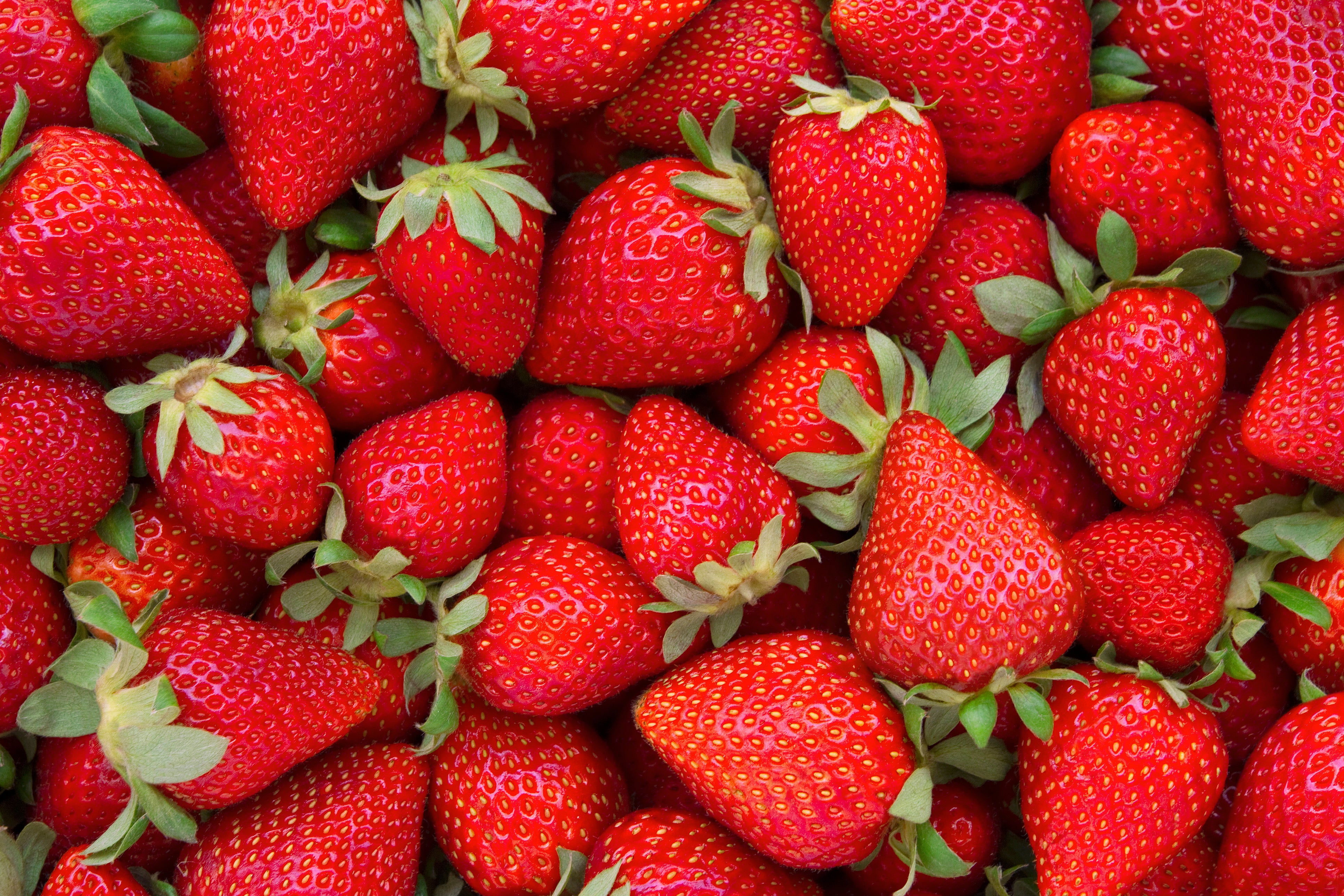The 2024 ‘Dirty Dozen’ list of foods revealed
Strawberries, spinach and kale have all made it onto the list of the EWG’s ‘Dirty Dozen’

Produce such as strawberries, greens like kale and spinach and other fruits like grapes and peaches have been revealed to have the most pesticides in them out of any fruit or vegetable after the berry found itself at the top of 2024’s “Dirty Dozen” list.
The Dirty Dozen, released Wednesday, has been published every year since 2004 by the non-profit organisation Environmental Working Group to warn the United States which of their favourite produce may contain the most pesticides.
If that isn’t stomach-churning enough, the EWG said that 209 pesticides were found across their Dirty Dozen items, with 95 per cent of their top 12 samples having pesticides.
In the detected pesticides, they found two, fludioxonil and pyrimethanil, which showed up as having the highest average concentrations of any pesticide found within the Dirty Dozen. The group believe that these two fungicides may be potentially harmful to the male reproductive system.
Various studies have also revealed that pesticides are somewhat linked to health issues, from preterm births to genetic damage in humans.
However, the EWG said that despite the risk of pesticide exposure, this is outweighed by the health benefits of eating plenty of fresh fruits and vegetables, no matter if it’s organic or conventionally grown.
The group analysed 46 fruits and vegetables, and the final Dirty Dozen included strawberries, spinach, kale (and collard and mustard greens), grapes, peaches, pears, nectarines, apples, bell and hot peppers, cherries, blueberries and green beans.
However, the EWG also tracked the produce with the lowest amounts of pesticides, dubbing them the “Clean Fifteen”.
Avocados made it on the list, with less than two per cent of samples showing pesticides. Other fruit and veg on the Clean Fifteen include sweet corn, pineapple and onions.
The EWG publishes these lists every year to help households make informed choices when out shopping.
The group analyses data compiled by the Department of Agriculture and the Food and Drug Administration, which tested 47,510 samples of 46 fruits and vegetables.
While the USDA peels or scrubs and washes the produce before it is tested, the FDA just removes the dirt.
Even after these steps, the agencies still found traces of 254 pesticides in the produce they analysed, 209 of which appeared on the Dirty Dozen.
The group said that 75 per cent of all conventional, or non-organic, produce they sampled was coated with pesticides.
They recommend that consumers who want to buy fresh produce with low pesticide residues should buy organic versions of the Dirty Dozen.
However, this may prove difficult for low-income adults in the United States, who already meet the lowest fruit and vegetable recommended intake, the CDC said in a 2019 report, adding that access and affordability need to be improved to increase the intake.
Critics of the report, such as the Alliance For Food and Farming, have said that the USDA Pesticide Data Program finds that more than 99 per cent of foods sampled have residue levels well below the Environmental Protection Agency safety standards, citing a 2021 report.
“The dose makes the poison, not its presence or its absence, and that dose determines the potential for harm. In many cases, you’d have to be exposed to a million times more than what we’re exposed to before you’d even see any effects,” Carl Winter told CNN, speaking on behalf of the Alliance on Food and Farming, which represents organic and conventional farmers.
However, Alexis Temkin, EWG’s senior toxicologist, said in response that “legal levels don’t mean safe levels”, referring to an example where the herbicide DCPA was labelled by the EPA as having “significant risks to human health in 2023”.
“We want to enable consumers who wish to avoid as many pesticides as possible by opting for organic versions of the Dirty Dozen, where pesticide levels will be lower,” Ms Temkin said. “And then, if they wish, choose less expensive conventionally grown produce from the Clean Fifteen.”
Join our commenting forum
Join thought-provoking conversations, follow other Independent readers and see their replies
Comments
Bookmark popover
Removed from bookmarks